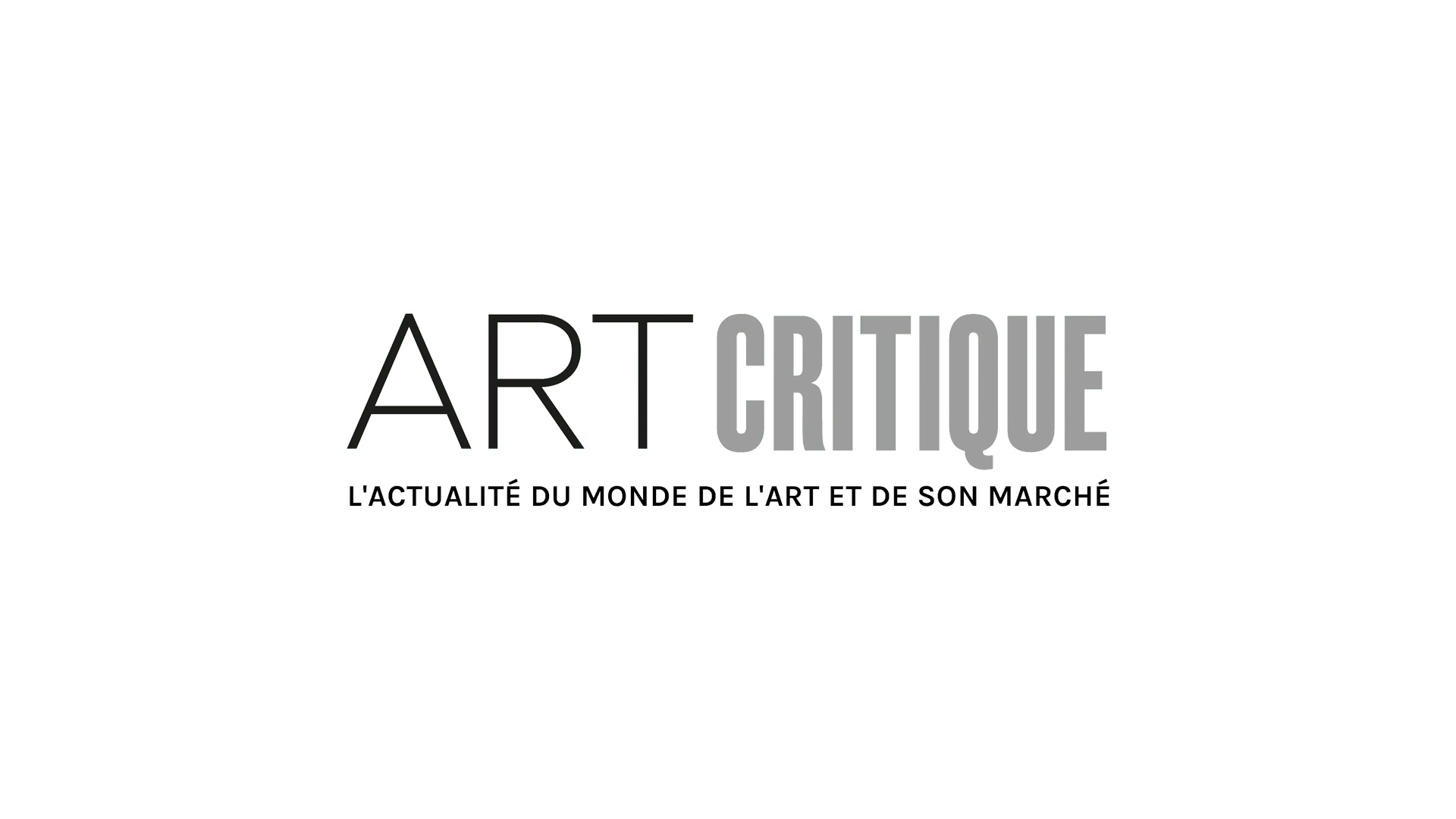Surprisingly, Tate’s most popular ever exhibition was not held in any of London’s galleries. It wasn’t even held in any European or American galleries. Its most popular exhibition was actually staged in Shanghai.
Landscapes of the Mind: Masterpieces from Tate Britain (1700-1980) closed in August at the Shanghai Museum, where over 615,000 visitors were attracted in just 14 weeks, which amounts to over 6,000 visitors per day of the exhibition.
Until this past August in Shanghai, the most successful show held by Tate was Henri Matisse: the Cut-Outs at Tate Modern, which attracted 467,000 people over the course of 21 weeks in 2014. That amounts to just over 3000 visitors per day, or only about half of the excitement generated by Landscapes of the Mind in Shanghai.
That means that the Shanghai exhibition basically shattered Tate’s previous record.
Interestingly, the record was broken even though visitors in Shanghai were charged an entrance fee to the Shanghai Museum, while in London the Landscapes exhibition was free.
The success of Landscapes in China as compared to the UK is understandable, as the exhibition includes 70 works by British artists across the 18th, 19th, and 20th centuries, which would not be fresh or thrilling to a British audience.
This particular show, which was previously staged in Mexico City and Sao Paulo, is currently on display in Beijing at the National Art Museum of China. Perhaps the exhibition in Beijing could stand to exceed visitation numbers in Shanghai, breaking another record.
The director of Tate, Maria Balshaw, expressed to the Art Newspaper that the show may have had such astounding success in China due to the fact that the U.K. shares a “strong tradition of landscape painting” with China.
The exhibition’s time in Shanghai and China was made possible by a $1.7 million USD grant from the British government. The funding was announced by the former British finance minister George Osborne during a visit to the Chinese capital in 2015. The funding for Tate’s exhibition was part of a large project to fund UK cultural programming in China, that included $9.25 million USD in funding. Other programming as part of the UK’s cultural initiative included $2.1 million USD for the British Library to display works by Shakespeare and Sir Arthur Conan Doyle in China, $660,000 USD grant for Chinese students to enter a Royal Opera House training program.
The success of this particular exhibition may indicate that British cultural programming could continue to flourish in a Chinese setting in the future.





